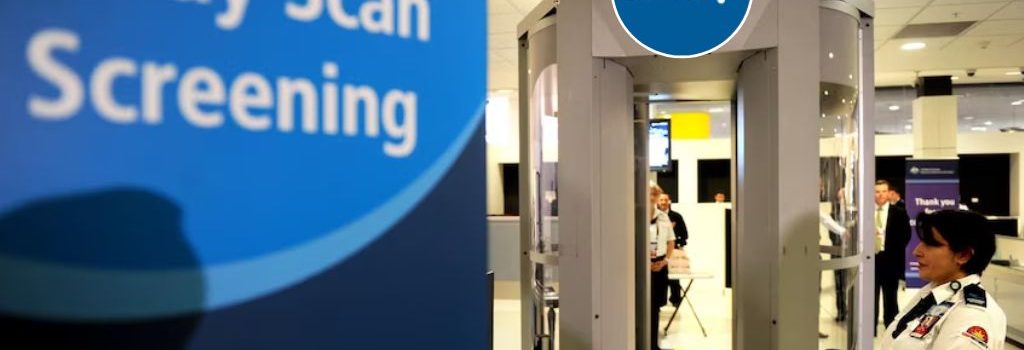Can TSA Body Scanners See Tampons?
The Transportation Security Administration (TSA) uses body scanners to screen passengers for potential threats before they board an airplane. These scanners use millimeter wave technology to create a three-dimensional image of the passenger’s body.

Some people have concerns about whether or not TSA body scanners can see tampons. The answer is no, TSA body scanners cannot see tampons. Tampons are made of absorbent material that does not reflect millimeter waves. As a result, they do not show up on the images created by TSA body scanners.
There are a few reasons why TSA body scanners cannot see tampons. First, millimeter waves are a type of non-ionizing radiation. This means that they do not have enough energy to penetrate the skin or other materials. Second, tampons are made of materials that do not reflect millimeter waves. As a result, they do not show up on the images created by TSA body scanners.
It is important to note that TSA body scanners are not perfect. They can sometimes miss objects that are hidden under clothing. However, they are very effective at detecting objects that are carried on the body, such as weapons and explosives.
If you are concerned about your privacy, you can opt out of the TSA body scan and request a pat-down search instead. However, it is important to note that pat-down searches are more invasive than body scans.
What About Other Personal Items?
In addition to tampons, there are other personal items that TSA body scanners cannot see. These items include:
- Jewelry
- Body piercings
- Medical devices
- Clothing
TSA body scanners are not designed to see these items. They are designed to detect objects that pose a security threat, such as weapons and explosives.
If you are concerned about your privacy, you can opt out of the TSA body scan and request a pat-down search instead. However, it is important to note that pat-down searches are more invasive than body scans.
Can TSA See Through Clothes?

TSA body scanners cannot see through clothes. They use millimeter wave technology to create a three-dimensional image of the passenger’s body. However, this image is not a naked image. It is a generic image that does not show any identifying features.
The TSA uses this generic image to look for objects that pose a security threat. If the TSA officer sees an object that they are concerned about, they will ask the passenger to remove their clothes for a more thorough inspection.
Is TSA Body Scanning Safe?

TSA body scanners are safe. They use millimeter wave technology, which is a type of non-ionizing radiation. This means that the waves do not have enough energy to penetrate the skin or other materials.
There have been some concerns about the potential health effects of TSA body scanning. However, these concerns have been unfounded. Studies have shown that TSA body scanning is safe and does not pose any health risks.
Conclusion
TSA body scanners cannot see tampons or other personal items. They are designed to detect objects that pose a security threat, such as weapons and explosives. If you are concerned about your privacy, you can opt out of the TSA body scan and request a pat-down search instead. However, it is important to note that pat-down searches are more invasive than body scans.
TSA body scanners are a controversial topic, with some people concerned about their privacy implications. However, it is important to remember that these scanners are not designed to see through clothes or detect personal items such as tampons. They are designed to detect objects that pose a security threat, such as weapons and explosives. If you are concerned about your privacy, you can opt out of the TSA body scan and request a pat-down search instead.
Lorem ipsum dolor sit amet, consectetur adipiscing elit. Ut elit tellus, luctus nec ullamcorper mattis, pulvinar dapibus leo.

